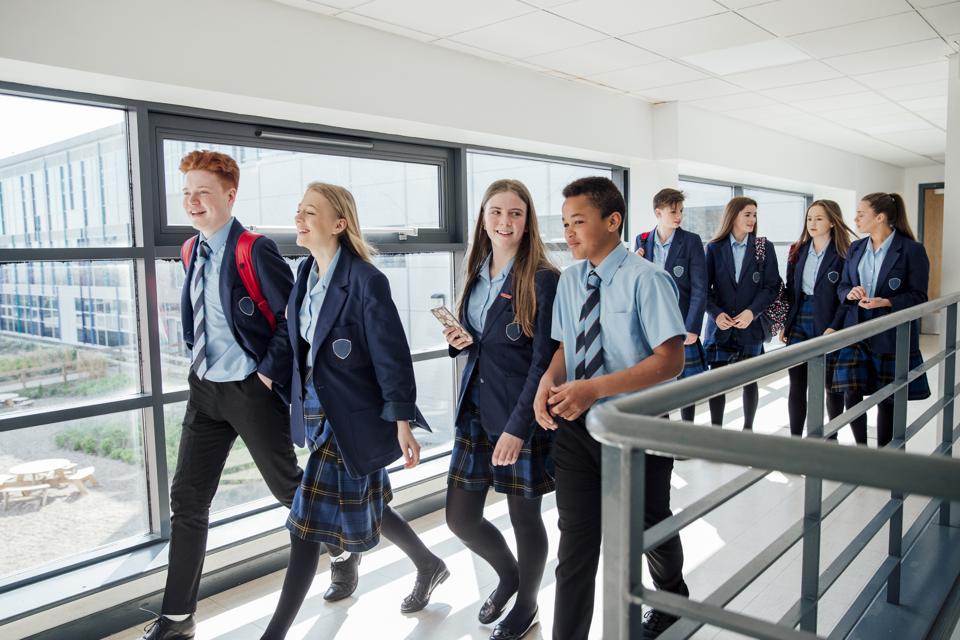Getting your child a place in your preferred school can be a stressful experience for parents – but should we use lotteries to decide who gets a place?
Random allocations can be one way of preventing schools from becoming socially segregated, as affluent parents push up house prices near good schools.
The result is that the most academically successful schools often admit substantially fewer students from disadvantaged backgrounds than the average.
The top 500 schools in England by academic performance take 40% fewer students eligible for free school meals – a proxy for disadvantage – than the average high school, according to research published today by the charity the Sutton Trust.
This makes some community schools more socially segregated than grammar schools, intentionally selective schools that admit students on the basis of test performance.
Parents are prepared to pay a premium to live near to their preferred school, adding almost 7% onto the cost of a house near the best performing high schools.
Higher prices are a significant barrier for disadvantaged families when places are allocated on the basis of proximity to the school.
But house prices explain only one third of the gap in access for disadvantaged students, according to the Sutton Trust. The rest is factors including parental choice and school admission criteria.
Most prominent is the preference given by religious to children of a particular faith. The Sutton Trust’s analysis found that almost all of the 20 most socially selective schools were faith schools.
The problem is particularly acute in the most disadvantaged areas: North-East England has the highest proportion of students eligible for free school meals, and the most socially selective high-performing schools.
“The levels of social segregation across the school system are unacceptable,” said Sir Peter Lampl, founder of the Sutton Trust. “The poorest parts of the country are hit by a double whammy of having the fewest top comprehensive schools, which are also the most socially selective.
“This is deeply concerning. We need to urgently address this problem to create a more balanced system and raise the quality of all schools.”
The Government should review the school admissions code to ensure school cohorts reflected their local community, and give disadvantaged students a fair chance of getting a place at the best-performing schools, he added.
Widespread use of proximity as the basis to decide school places makes children from disadvantaged families less likely to gain a place at a high-performing school, according to analysis by Simon Burgess, professor of economics at Bristol University.
His study of a lottery system run by Brighton and Hove Council, the only local authority in England to run random allocations for places at oversubscribed schools, found that it was effective, but only up to a point.
The lottery equalized the chance of students gaining a place at high-performing schools, and severed the link between access and income, he found, in a study carried out with Becky Francis, then of the Institute of Education at the University of London.
While the proportion of students eligible for free school meals varied sharply between schools before the lottery was introduced, those gaps narrowed under the lottery.
But the way catchment areas were drawn meant the lottery did not reduce social segregation across the city as a whole: families in the most deprived areas had little prospect of getting their child into the most popular schools in the center of the city.
Nevertheless, Professor Burgess said, lotteries do offer a potentially important way of increasing social mobility, provided a number of conditions were met, such as catchment areas enclosing socially mixed communities.
As the Sutton Trust analysis shows, basing admission on proximity can lead to more affluent families monopolizing good schools, and while lotteries are not without their problems, they could be part of the solution to help redress the balance.

